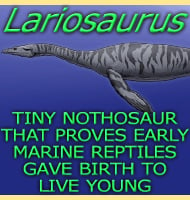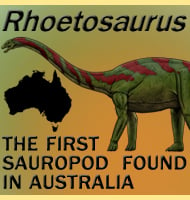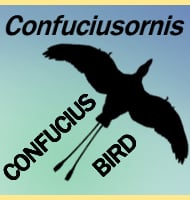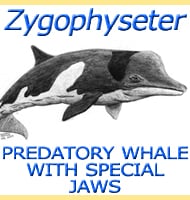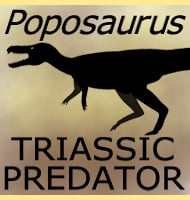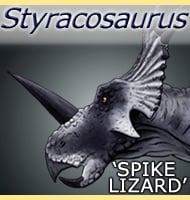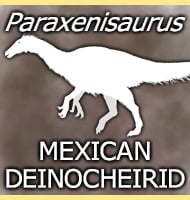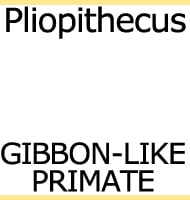In Depth
The future for Puntanipterus is uncertain and the reason for this goes back to its early discovery. When described, Puntanipterus was noted as being similar to the filter feeding pterosaur Pterodaustro save for differences in the ankles and tibia. What must be remembered however is that pterosaur fossils, including those of Pterodaustro are almost always crushed in the fossilisation process because the bones are so lightly built. This causes distortions in the bone structures and can lead to two specimens of the same species looking like they belong to two different species, depending upon the amount of distortion between the specimens.
Further remains thought to belong to Puntanipterus were found in a strata amongst fragmentary Pterodaustro remains during the 1990s. Because the fragments were smaller, they were not as distorted as larger Pterodaustro bones, but most importantly they look identical to the bones of Puntanipterus. If they are confirmed to be identical then Puntanipterus will cease to be an independent genus and become a synonym of Pterodaustro.
Further Reading
– Restos de un pterosaurio, Puntanipterus globosus de la Formaci�n La Cruz, Provincia de San Luis, Argentina [Remains of a pterosaur, Puntanipterus globosus from the La Cruz Formation, San Luis Province, Argentina]. – Actas del Primer Congreso Argentino de Paleontologia y Bioestratigrafia, Tucum�n 2:105-113. – J. F. Bonaparte & T. M. S�nchez – 1975.

